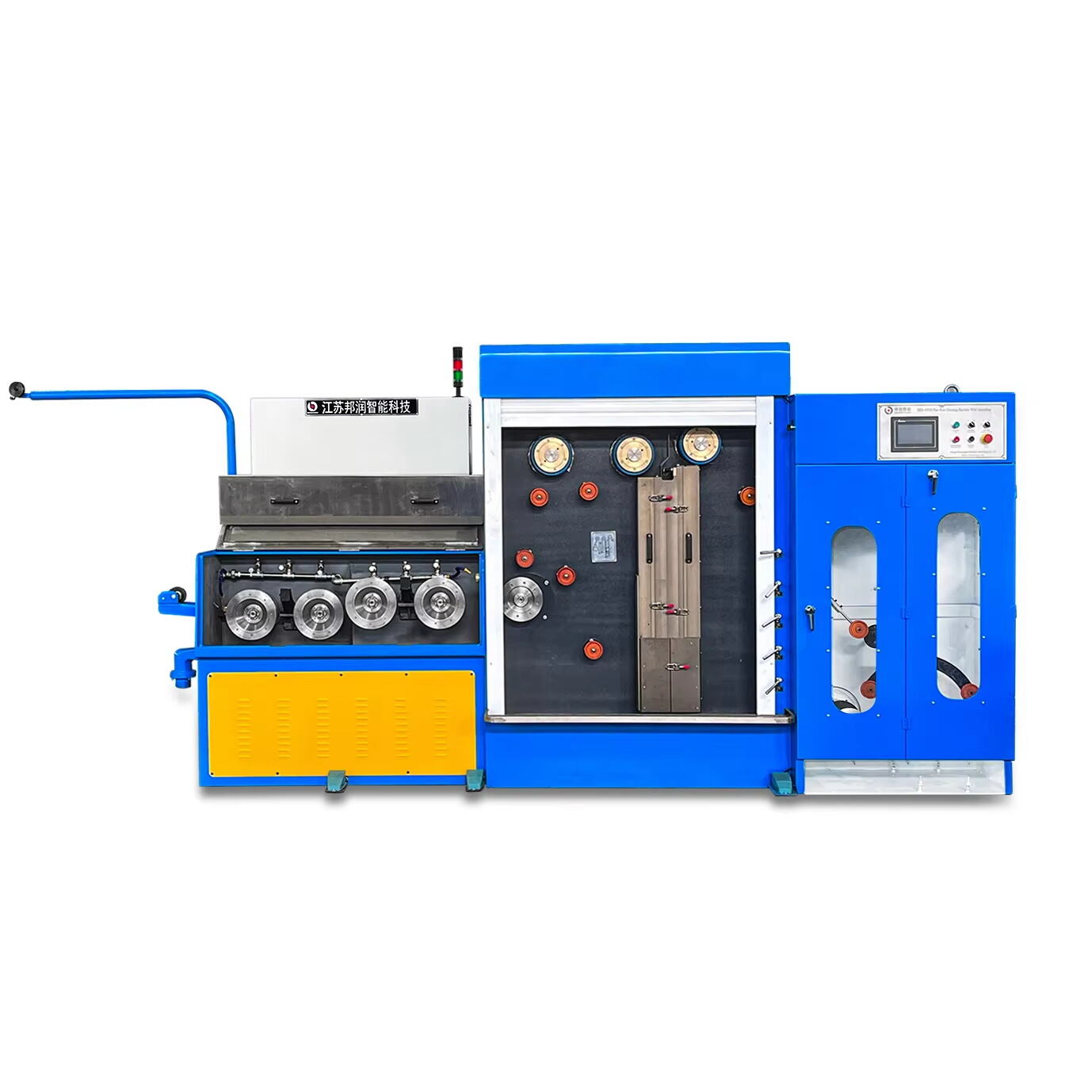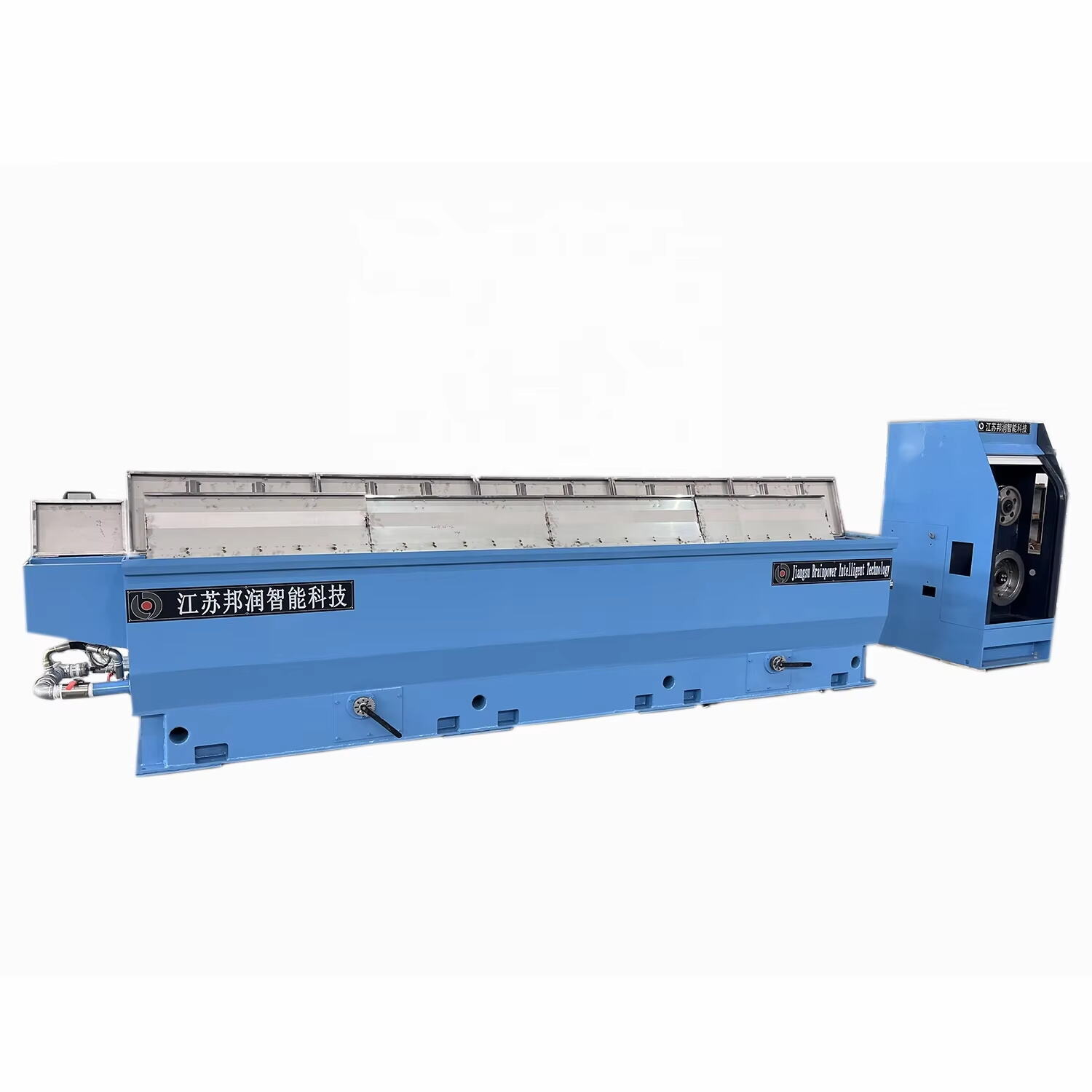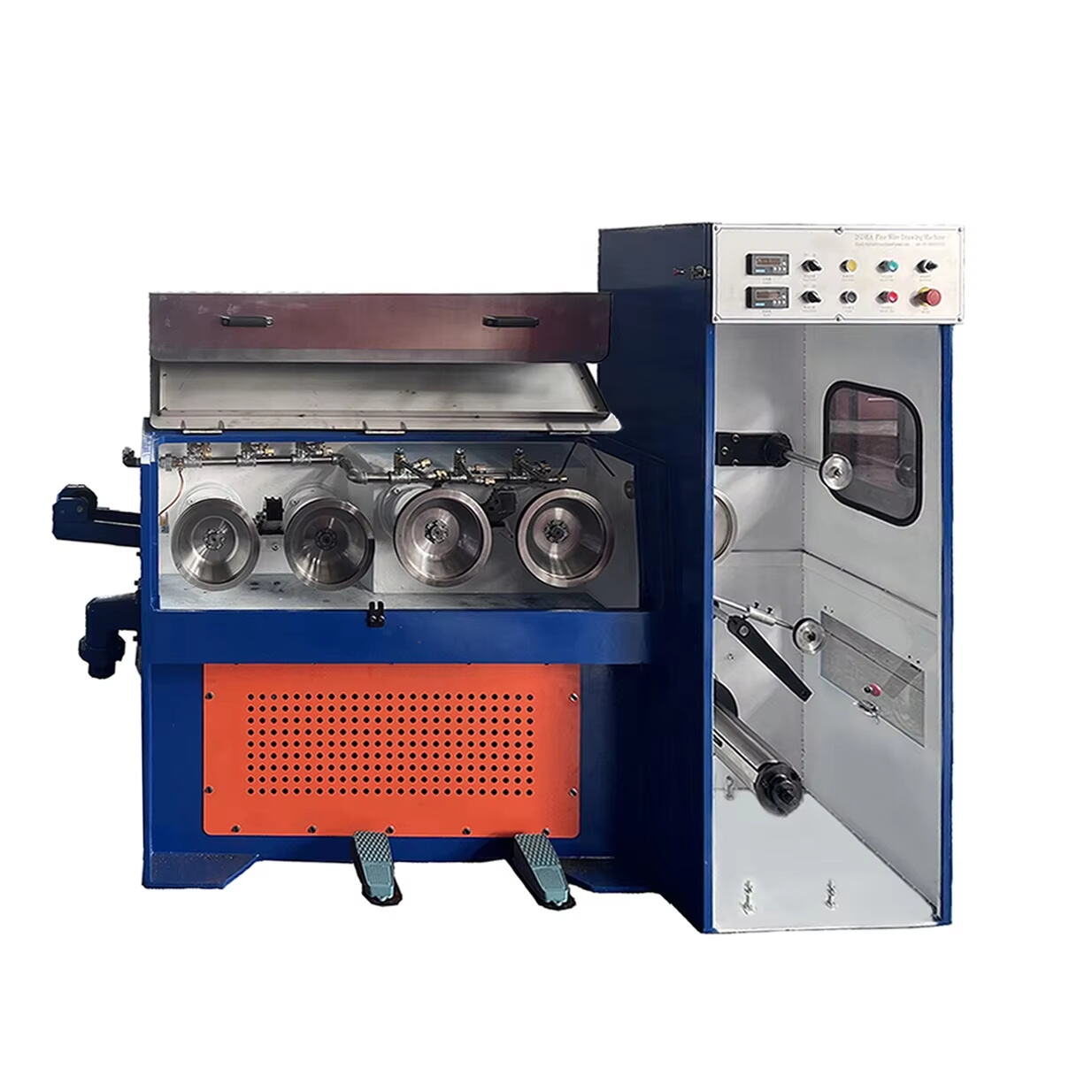цена установки для протяжки медного провода
Цена станка для протяжки медного провода представляет собой важный фактор инвестиционных рассмотрений в отрасли производства провода. Эти машины, необходимые для преобразования толстого медного провода в более тонкие изделия, имеют различные цены в зависимости от их спецификаций и возможностей. Современные станки для протяжки медного провода обычно оснащены продвинутыми цифровыми контроллерами, множеством протяжных матриц и сложными системами контроля натяжения. Диапазон цен обычно отражает такие факторы, как производственная мощность, которая может варьироваться от 50 до 500 метров в минуту, и количество протяжных станций, обычно находящихся в пределах от 9 до 24 позиций. Модели премиум-класса включают системы точной отжига, автоматическое нанесение смазки и умные мониторинговые возможности, которые оправдывают их высокую стоимость. Инвестиции значительно различаются в зависимости от того, выбираете ли вы базовую модель для маломасштабных операций или продвинутую систему для промышленного производства. Производители часто учитывают такие факторы, как энергоэффективность, требования к обслуживанию и эксплуатационные расходы при оценке общей стоимости владения. На рынке представлены как новые, так и восстановленные варианты, с ценами, обычно колеблющимися от 20 000 долларов за базовые модели до более чем 200 000 долларов за сложные системы с полным набором функций.




